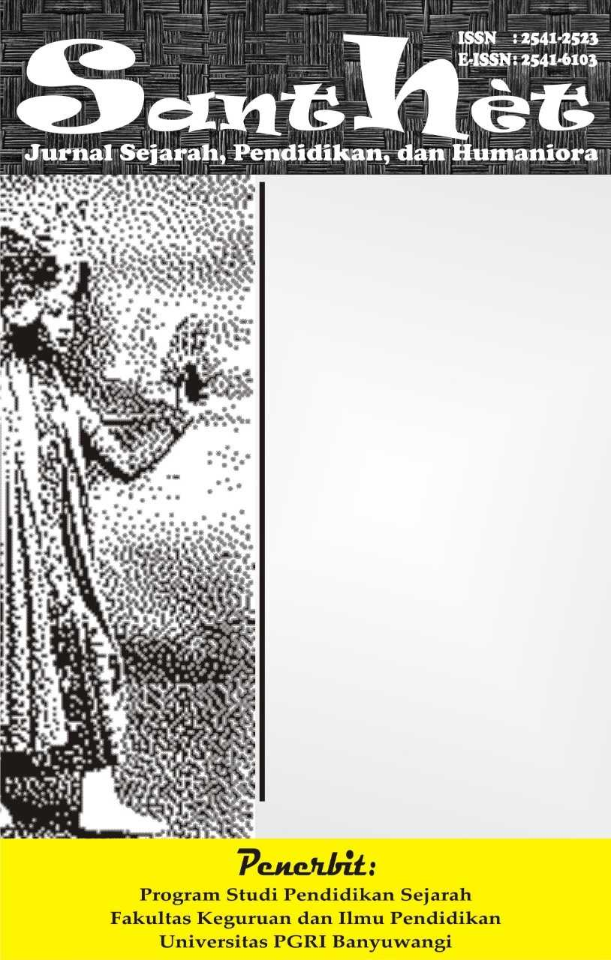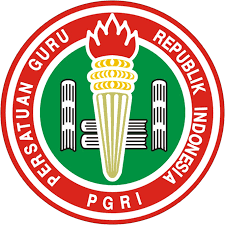SYMBOLIZATION OF KERIS PAMOR IN THE MANIFESTATION OF SELF-IDENTITY IN THE SOKOSONGO KERIS COMMUNITY IN SEMARANG DISTRICT
DOI:
https://doi.org/10.36526/santhet.v8i1.3869Keywords:
Prestige, Self-Identity, Symbols, Symbolic InterpretationAbstract
Keris in the understanding of the Indonesian people, especially we as Javanese, understand the keris as a form of Tosan Aji. Javanese people adopt the meanings of the keris through prestige, using the keris as a means of increasing self-confidence and increasing a sense of enthusiasm or ethos in work. Research on the symbolization of prestige on the keris blade is to show the connection between the meaning of the symbol of prestige of the keris and the formation of a person's self-identity. These prestiges are divided into several elements that form them, namely, water, fire, air, earth and special prestige. The keris that will be discussed will be researched using qualitative methods and using an ethnographic approach. This research was carried out in Kesongo Hamlet, Tuntang District, Semarang Regency. In analyzing the data, ethnographic data analysis techniques will be used as an instrument in understanding cultural meaning which includes Domain Analysis, Taxonomic Analysis, Component Analysis and Cultural Theme Analysis. The symbolism in this keris, through its prestige, aims to be a means of prayer and also education or knowledge for its owner, but if the owner does not want to try and does not want to develop, then the prayers and hopes that exist will not come true.
References
Geertz, C. (n.d.). The Impact of the Concept of Culture on the Concept of Man. Basic Books.
Izzati. (2020). Makna Simbolis Istilah Ornamen Patra Keris Jawa Dengan Pendekatan Etnolinguistik. Jurnal Bahasa, Sastra, Seni, Dan Pengajarannya. https://doi.org/http://dx.doi.org/10.17977/um015v48i12020p81
Nugroho, H. F., & Dharsono, D. (2021). Panca Wasta Teachings As a Source of Inspiration Creation for Dhapur Kris. ARTISTIC : International Journal of Creation and Innovation, 2(1), 52–68. https://doi.org/10.33153/artistic.v2i1.3931
Pradita, et. al. (n.d.). Makna Keris Jawa dan Upaya Pelestariannya Dalam Perspektif Sosiologi : Studi pada Paguyuban Tosan Aji Panji Patria. JURNAL TRANSLITERA. https://doi.org/10.35457/translitera.v10i2.1727
Said, R. (2016). Analisis Nilai Pendidikan Karakter pada Keris Jawa ( Kajian Tentang Nilai Pendidikan Karakter pada Pamor , Luk , dan Dhapur Keris Jawa Berdasarkan Makna Simbolik ). Jurnal Pendidikan Kriya Universitas Negeri Yogyakarta, November, 137–151.
Setyawati, E. (2018). Aplikasi Pengenalan Jenis Keris Tradisional dengan Menggunakan Augmented Reality Berbasis Android. 590–595.
Spenceer. (1996). Symbolic Anthropology. Routledge.
Spradley, J. P. (1979). Participant Observasion. Holt, rinehart and Winston.
Sugianto, A. (2017). ETNOLINGUISTIK TEORI DAN PRAKTIK (S. H. Nata, Ed.). CV. Nata Karya.
Wisnu. (2016). Kajian Estetika Pamor Keris Kamardikan. Corak.





























